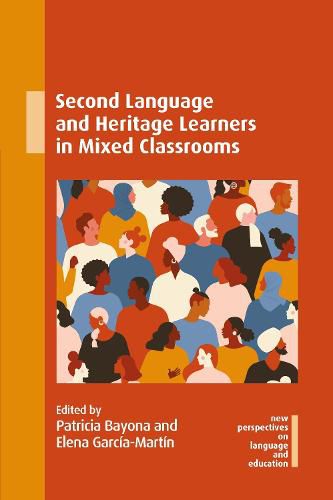Readings Newsletter
Become a Readings Member to make your shopping experience even easier.
Sign in or sign up for free!
You’re not far away from qualifying for FREE standard shipping within Australia
You’ve qualified for FREE standard shipping within Australia
The cart is loading…






This book addresses the complexity of mixed language classroom learning environments in which heritage learners (HL) and second language (L2) learners are concurrently exposed to language learning in the same physical space. Heritage speakers, defined widely as those exposed to the target language at home from an early age, tend to display higher oral proficiency and increased intercultural proficiency but lesser metalinguistic and grammatical awareness than L2 learners. The theoretical and pedagogical challenges of engaging both types of learners simultaneously without polarizing the classroom community dictates the need for well-defined, differentiated learning strategies; in response this book offers best practices and reproducible pedagogical initiatives and methodologies for different levels of instruction. The chapters address themes including translanguaging, linguistic identity, metalinguistic awareness and intercultural competence, with contributions from Europe, Africa and the United States.
$9.00 standard shipping within Australia
FREE standard shipping within Australia for orders over $100.00
Express & International shipping calculated at checkout
This book addresses the complexity of mixed language classroom learning environments in which heritage learners (HL) and second language (L2) learners are concurrently exposed to language learning in the same physical space. Heritage speakers, defined widely as those exposed to the target language at home from an early age, tend to display higher oral proficiency and increased intercultural proficiency but lesser metalinguistic and grammatical awareness than L2 learners. The theoretical and pedagogical challenges of engaging both types of learners simultaneously without polarizing the classroom community dictates the need for well-defined, differentiated learning strategies; in response this book offers best practices and reproducible pedagogical initiatives and methodologies for different levels of instruction. The chapters address themes including translanguaging, linguistic identity, metalinguistic awareness and intercultural competence, with contributions from Europe, Africa and the United States.